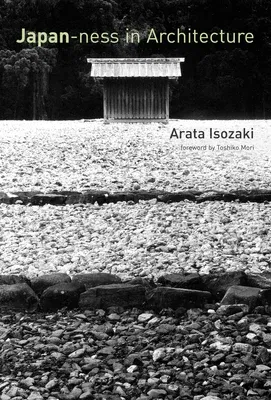One of Japan's leading architects examines notions of Japan-ness as
exemplified by key events in Japanese architectural history from the
seventh to the twentieth century; essays on buildings and their cultural
context.
Japanese architect Arata Isozaki sees buildings not as dead objects but
as events that encompass the social and historical context--not to be
defined forever by their everlasting materiality but as texts to be
interpreted and reread continually. In Japan-ness in Architecture, he
identifies what is essentially Japanese in architecture from the seventh
to the twentieth century. In the opening essay, Isozaki analyzes the
struggles of modern Japanese architects, including himself, to create
something uniquely Japanese out of modernity. He then circles back in
history to find what he calls Japan-ness in the seventh-century Ise
shrine, reconstruction of the twelfth-century Todai-ji Temple, and the
seventeenth-century Katsura Imperial Villa. He finds the periodic ritual
relocation of Ise's precincts a counter to the West's concept of
architectural permanence, and the repetition of the ritual an
alternative to modernity's anxious quest for origins. He traces the
constructive power of the Todai-ji Temple to the vision of the director
of its reconstruction, the monk Chogen, whose imaginative power he sees
as corresponding to the revolutionary turmoil of the times. The Katsura
Imperial Villa, with its chimerical spaces, achieved its own Japan-ness
as it reinvented the traditional shoin style.
And yet, writes Isozaki, what others consider to be the Japanese
aesthetic is often the opposite of that essential Japan-ness born in
moments of historic self-definition; the purified stylization--what
Isozaki calls Japanesquization--lacks the energy of cultural
transformation and reflects an island retrenchment in response to the
pressure of other cultures.
Combining historical survey, critical analysis, theoretical reflection,
and autobiographical account, these essays, written over a period of
twenty years, demonstrate Isozaki's standing as one of the world's
leading architects and preeminent architectural thinkers.

